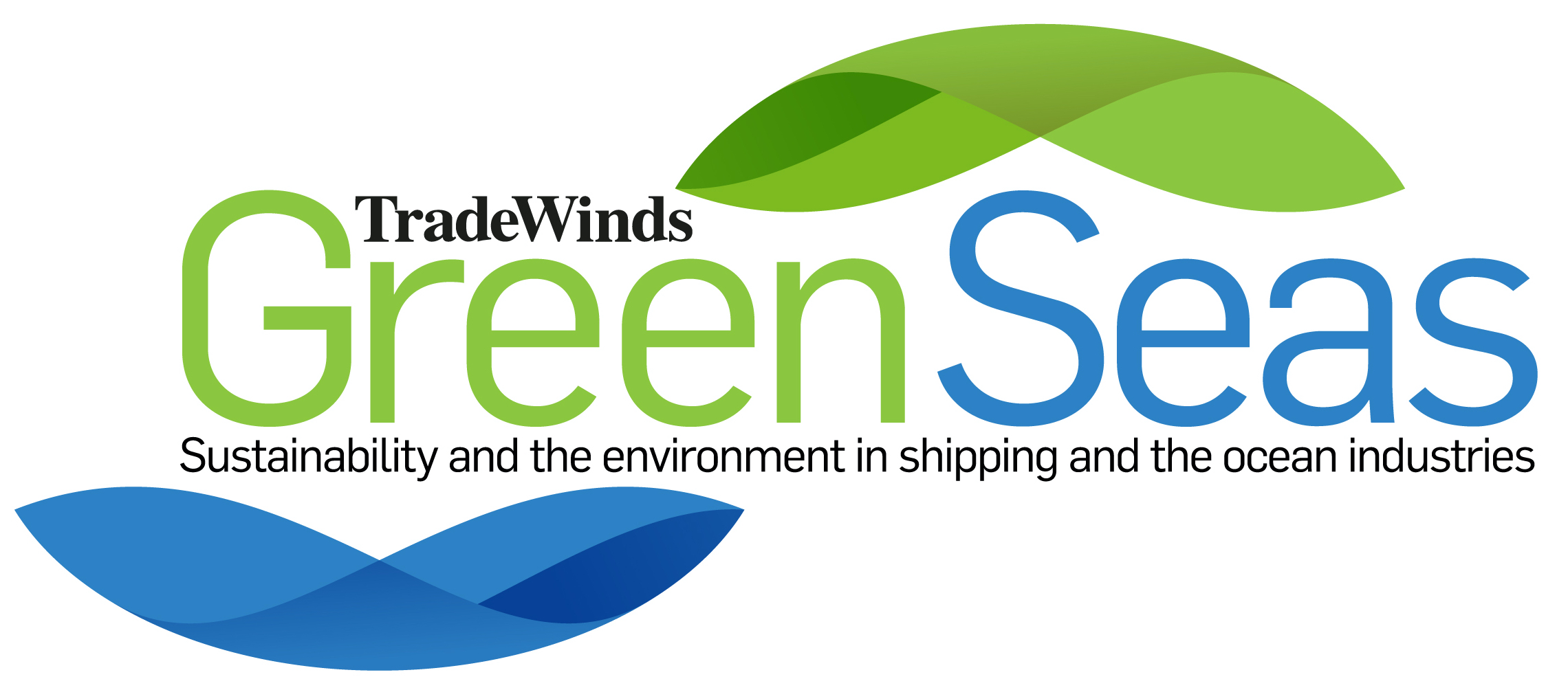They used to say coal is king, but today it is an altogether purer form of carbon that shows the potential to be the next great global commodity. And it is a trade that will be built on shipping.
As the global energy transition gathers pace, carbon capture and storage is emerging as a critical component of the solution, particularly for hard-to-abate industries that cannot be easily replaced by electrification, such as oil and gas, iron and steel, cement and refining.
As a result, we are seeing carbon capture capacity under development worldwide on course to reach more than 300m tonnes of CO2 per year, from just 50m tonnes of CO2 annually today.

This growth, and much more that will be needed, is predicated on the delivery of vessels that will connect emitters of carbon to storage, or to end users of captured carbon as a commodity. Despite a range of technical challenges stemming from the widely varying chemical makeup of CO2 emissions, these vessels are on course to be delivered in time to support this nascent value chain.
The challenge with this emerging industry is the delay in finding end uses for the raw carbon collected. While we wait for that market to take shape and mature, there is another route to monetisation — carbon credits.
When captured CO2 is sequestered underground the amount is quantified and verified by independent auditors.
This process, known as carbon accounting, ensures that the stored CO2 is permanently locked away and cannot re-enter the atmosphere.

Critically, once verified, the entity responsible for the storage earns carbon credits which can then be sold on carbon markets like the European Union Emissions Trading System. These allow companies to buy and sell carbon credits to meet regulatory obligations.
Voluntary markets, meanwhile, cater to companies that want to offset their emissions as part of corporate sustainability initiatives.
Regulatory challenges
Despite the growing interest in carbon credit generation through CO2 sequestration, the regulatory landscape remains complex and fragmented. Several challenges arise in ensuring consistency, verification and recognition of sequestration projects across different regions.
This new carbon trade will be the foundation of carbon shipping, but regulation is already inhibiting its development. The landscape is highly complex and fragmented by region.
A key obstacle is the London Protocol, which governs the dumping of wastes and other materials at sea and was amended to allow for CO2 sequestration beneath the seabed.
At a stroke, this amendment enabled the entire premise of storing CO2 in subsea geological formations, such as depleted oil and gas fields, and provided the legal framework for projects such as Northern Lights, which is storing CO2 under the North Sea.
However, the London Protocol specifically prohibits the export of CO2 for offshore storage between countries, which effectively functions as a brake on the growth of the entire value chain.
As a result, emitters looking to store CO2 in offshore sites that fall under another country’s jurisdiction face extreme regulatory uncertainty. This is a fatal flaw in the current regime.
Research by the American Bureau of Shipping indicates that cross-border trading is going to be essential. For example, major emitters such as China and the US only have enough storage capacity to store a few years’ worth of captured emissions — three years or so in China and 17 in the US — whereas Germany, Canada and Indonesia have around half a century of spare capacity, and Saudi Arabia has the equivalent of about 85 years. Meanwhile, Japan cannot store even one year’s worth of carbon emissions.
Even from these raw numbers, it is possible to discern the potential trade flows that will develop around the world, carried by the liquefied CO2 gas carriers we are now developing.
LCO2 vessels and the infrastructure supporting CO2 sequestration present significant opportunities for carbon credit generation, particularly for heavy industrial emitters.
But for the ships and the sequestration projects they unlock to realise their full potential, we need regulators to step up and deliver a streamlined global framework that supports a massive expansion of carbon trading systems.
Shipping and the hard-to-abate industries need an approach that recognises safety is the ultimate boundary condition, while enabling the development of an industry capable of storing the 30 gigatonnes of carbon estimated to be captured by 2050.
The prize is the emergence of an entirely new globe-spanning value chain powered by shipping with the potential to significantly contribute to a cleaner planet for us all.





